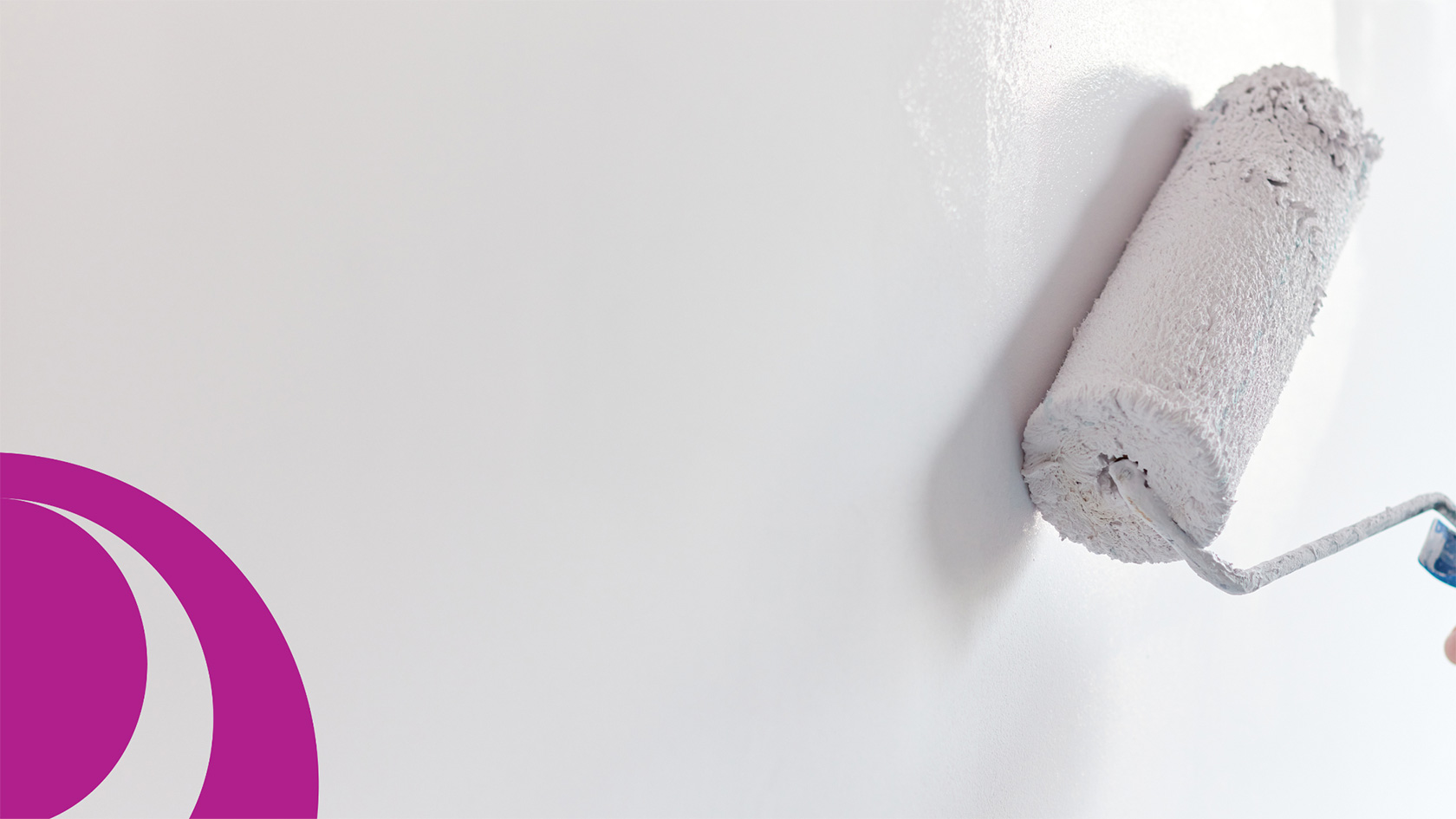
Paint terminology: Primer
Explained
When it comes to painting, whether you’re a professional, a DIY enthusiast, or an interior designer, understanding the role of primer is essential.Let’s break down what primer is and why it’s so important for your painting projects.
Primer is a preparatory coating applied to surfaces before the actual paint. Think of it as the foundation for your paint job, ensuring everything that follows goes on smoothly and lasts longer.
Here’s why primer matters:
- Improves adhesion: primer helps paint stick better to the surface, whether it’s wood, metal, or drywall. This means your paint job will be more durable and less likely to peel or chip.
- Enhances durability: by providing a stable base, primer helps paint withstand wear and tear over time. This is especially important for high-traffic areas and surfaces exposed to the elements.
- Provides a uniform base: primer creates a consistent, uniform surface for your paint. This is crucial for achieving an even colour and smooth finish, especially when painting over dark colours or stains.
- Seals porous surfaces: surfaces like new drywall or untreated wood can absorb paint unevenly. Primer seals these porous materials, preventing blotchy or uneven paint coverage.
- Blocks stains and odours: primer can block stains from water damage, smoke, or other contaminants, preventing them from bleeding through the paint. Some primers also seal in odors, making them great for areas with persistent smells.
When Should You Use Primer?
- New surfaces: always use primer on new drywall, bare wood, or metal.
- Drastic colour changes: when switching from a dark to a light colour (or vice versa), primer ensures better colour coverage.
- Stained or damaged areas: primer helps cover and seal stains or damaged areas, creating a fresh canvas for paint.
- Glossy surfaces: before painting over glossy surfaces, a primer helps the new paint adhere better.
Types of primer
There are various types of primers designed for different surfaces and purposes:- Oil-based primer: great for wood, metal, and surfaces with existing stains. It offers excellent adhesion and stain-blocking properties.
- Water-based primer: ideal for drywall and other interior surfaces. It dries quickly and has low odour.
- Shellac-based primer: known for its excellent stain-blocking capabilities and quick drying time. Perfect for tough stains and odours.
Tips for applying primer
- Surface preparation: clean the surface thoroughly. Remove any dust, dirt, or grease to ensure proper adhesion.
- Use the right primer: match the primer type to your surface and project needs.
- Apply evenly: use a brush or roller to apply an even coat of primer. Allow it to dry completely before painting.
Primer is the unsung hero of a successful paint job. It sets the stage for a smooth, long-lasting finish by improving adhesion, enhancing durability, and providing a uniform base. Whether you’re tackling a DIY project, working on a professional job, or designing a beautiful space, don’t skip the primer. It’s the key to achieving stunning, professional-looking results every time.
